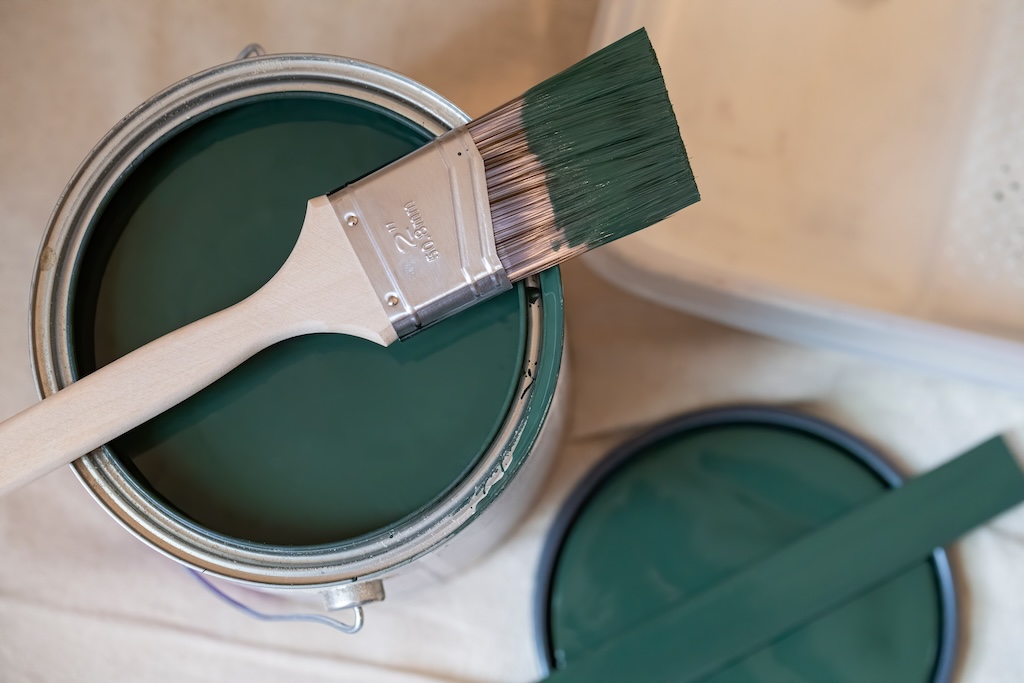In recent years, there has been a significant shift towards eco-friendly and sustainable practices in various industries, and the paint industry is no exception. Traditional paints often contain harmful chemicals and volatile organic compounds (VOCs) that can be detrimental to both human health and the environment. However, the advent of eco-friendly paints has changed the game, offering safer and more sustainable options. In this blog, we’ll explore the world of eco-friendly and sustainable paint ingredients that are making a positive impact, highlighting their benefits and guiding consumers on how to choose them.
Understanding Eco-Friendly Paints
Eco-friendly paints are formulated to minimize environmental impact. They are typically low in VOCs, use natural pigments, and are made with sustainable or recycled materials. Unlike traditional paints, they release fewer pollutants during their production and use, contributing to better indoor air quality and a healthier planet. This shift not only improves the environment but also offers a competitive edge to manufacturers who embrace these greener practices.
Key Ingredients in Sustainable Paints
Natural Pigments and Binders
One of the main features of eco-friendly paints is the use of natural pigments derived from minerals and plants. These pigments are less toxic and more sustainable compared to synthetic dyes. For binders, eco-friendly paints often use natural oils or plant-based resins, which are biodegradable and less harmful to the environment. Additionally, the use of these natural components often results in a wider array of vibrant, earthy colors that can be quite appealing aesthetically.
Water-Based Solvents
Water-based solvents are a staple in eco-friendly paints, replacing the oil-based solvents found in traditional paints. These solvents significantly reduce VOC emissions, making them safer for both the environment and the user. The shift to water-based solvents also allows for easier cleanup with just soap and water, reducing the need for chemical solvents that can be harsh on the skin and the environment.
Additives from Natural Sources
Eco-friendly paints also incorporate natural additives to enhance their properties. For instance, essential oils may be used as natural fungicides, while clay can be used to improve texture and coverage. These natural additives are not only less harmful but also often provide additional benefits, such as a subtle natural fragrance or improved structural integrity to the paint.
Benefits of Eco-Friendly Paints
Health and Environmental Advantages
The primary benefit of using eco-friendly paints is their low impact on human health and the environment. By reducing the emission of harmful chemicals, these paints contribute to better indoor air quality, making them ideal for homes, schools, and healthcare facilities. Additionally, they are less likely to contribute to pollution and are often packaged in recycled or recyclable materials. Eco-friendly paints also tend to be hypoallergenic, making them a preferred choice for individuals with allergies or sensitivities.
Durability and Quality
Contrary to the misconception that sustainable products are less effective, many eco-friendly paints offer excellent durability and coverage. Advances in green technology have enabled these paints to compete with traditional paints in terms of performance and longevity. Moreover, they often come with the added benefit of being easier to maintain over time, thanks to their natural resistance to mold and mildew.
Considerations for Choosing Eco-Friendly Paints
Assessing Your Needs
When selecting eco-friendly paints, consider the specific needs of your space. Some natural paints may have different application methods or drying times. It’s also important to choose the right type of paint for the surface and the area’s function, whether it’s a high-moisture bathroom or a high-traffic living room. Always check for certifications that assure the paint’s eco-friendly properties and performance standards.
Supporting Sustainable Brands
Opting for eco-friendly paints also means supporting brands that prioritize sustainability in their production processes. By choosing these products, consumers can drive demand for more environmentally responsible options in the paint industry. When we support these brands, we not only invest in healthier living spaces but also contribute to the larger movement towards environmental stewardship and sustainable living
Final Thoughts
Eco-friendly and sustainable paint ingredients represent a significant step forward in reducing the environmental impact of home renovations and commercial constructions. By opting for these paints, consumers can contribute to a healthier planet and enjoy a safer living environment. As the demand for sustainable products grows, we can expect even more innovative and environmentally responsible solutions in the world of paint. For more information on eco-friendly home improvement options, visit our website at sisupainting.comand check out our blog at sisupainting.com/blog.





No comment